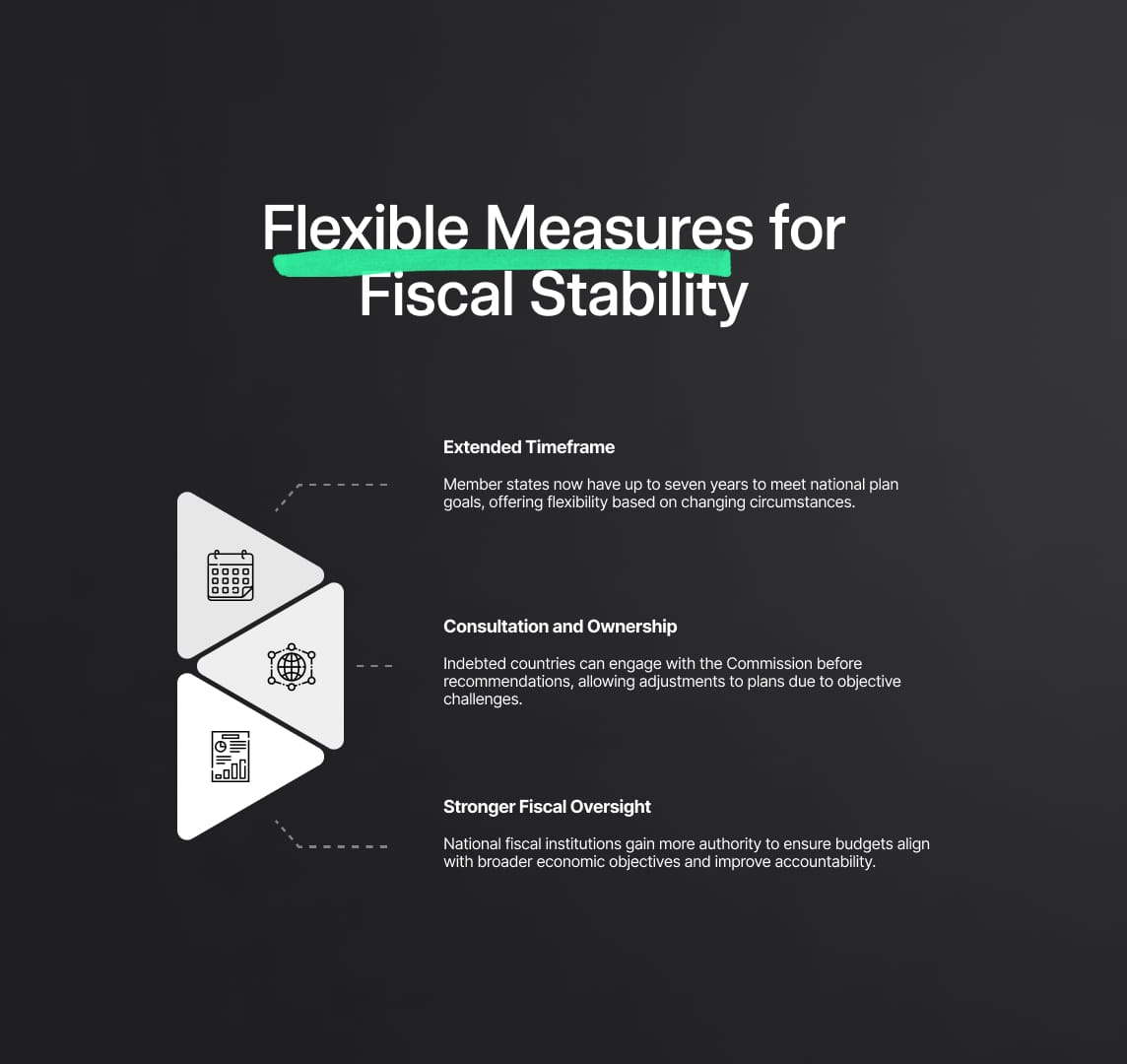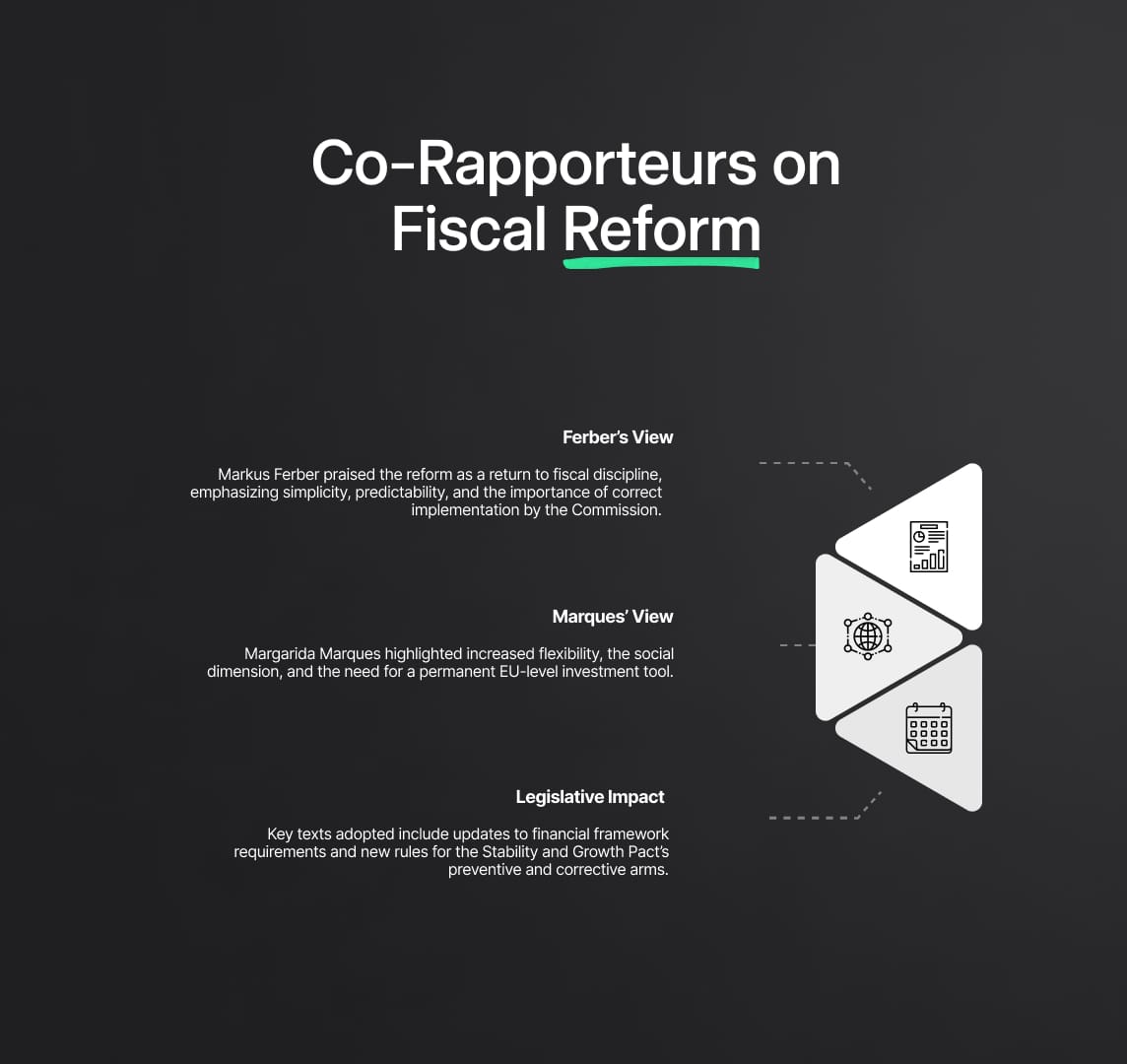CRR III and CRD VI Await Council Approval
On April 25, 2024, the European Parliament announced the adoption of proposed revisions to banking regulations, enhancing oversight and addressing environmental, social, and governance risks.

In a press statement on April 25, 2024, the European Parliament said that the Capital Requirements Regulation (CRR III) and the Capital Requirements Directive IV (CRD VI) had been adopted. These changes concentrate on things like operational risk, credit risk, and environmental factors. Formal approval from the EU Council is still awaited, though. The measures will be published in the EU Official Journal upon approval.
Regarding the implementation timeline:
The Regulation becomes operative for CRR III twenty days after it is published in the Official Journal. While the remaining sections of Article 1 take effect on January 1, 2025, some of them are applicable immediately upon coming into force.
Member states have eighteen months from the date of CRD VI's entry into force to pass the relevant laws and regulations. Eighteen months and one day after the Directive's enactment, the majority of these measures come into effect.
Source
[1]

Capital Requirements Regulation (CRR III) and the Capital Requirements Directive IV (CRD VI)
Legislators for the European Parliament (MEPs) have made great strides in improving rules that protect a government's capacity to invest. They have made it more difficult for the European Commission to initiate an excessive deficit proceeding against a member state, especially in situations when significant investments are in progress. Furthermore, MEPs have removed from a government's expenditure calculation all national spending on co-financing initiatives funded by the EU. This action is intended to boost investment more since it gives governments an incentive to fund these kinds of projects without adversely affecting their fiscal metrics.
Strategic Measures for Fiscal Stability: Deficit and Debt Reduction Guidelines
Across Europe, countries are putting in place strategic measures to deal with deficits and debt levels in an effort to achieve fiscal stability and credibility. By establishing precise standards for deficit and debt reduction, these actions seek to maintain the sustainability and resilience of the economy.
Under the new standards, countries who are struggling with high levels of debt will have to meet targeted reduction objectives. In particular, a country has to strive for a 1% annual debt reduction if it has debt that exceeds 90% of GDP. Similarly, the recommended reduction rate averages 0.5% annually for nations with debt levels between 60% and 90% of GDP.
Furthermore, stricter guidelines are suggested for nations whose deficits surpass 3% of GDP. In times of economic expansion, these countries are required to lower their deficits and aim for a 1.5% target. By taking a proactive stance, we hope to create a fiscal buffer that will increase our resistance to unfavorable economic developments and guarantee sustainable financial practices throughout the region.

Flexible Measures for Fiscal Stability
The most recent regulations include a number of measures designed to provide countries more leeway to accomplish their national economic goals by adding more freedom. Notably, these actions improve communication between member states and the European Commission and prolong the timeframe for achieving the goals.
Key Provisions:
- Extended Timeframe: Under the new regulations, countries have an additional three years—instead of the usual four—to complete the goals outlined in their national plans. This extension offers more flexibility and recognizes that certain situations can call for a longer implementation period. In contrast to the original idea, MEPs made clear that the Council can approve this additional time for a variety of reasons, without having to strictly follow any set of rules.
- Improved Communication and Ownership: Before obtaining recommendations on their spending plans, member states who are overly indebted or have deficits now have the chance to consult with the Commission. Governments can make their case during this conversation phase and possibly ask for amendments to be made to their national plans, especially if there are objective conditions impeding their implementation, like a change in government.
- Strengthened Role of National Independent Fiscal Institutions: The role of national independent fiscal institutions, which are tasked with examining the appropriateness of their governments' budgets and budgetary projections, has been greatly strengthened by MEPs. The goal of increasing their responsibilities is to ensure better alignment with overall budgetary aims and strategies by encouraging greater national buy-in to economic initiatives.

Insights from Co-Rapporteurs: Perspectives on Fiscal Reform
The personal perspective on the most recent fiscal reforms directly from Margarida Marques and Markus Ferber, the co-rapporteurs. Their insights clarified the relevance and possible consequences of the new rules, highlighting the necessity of their efficient execution as well as the chances they offer for investment and societal advancement inside the European Union.
Markus Ferber (EPP, DE) voiced hope, describing the reform as a return to budgetary restraint and a new beginning. He underlined the necessity of a more straightforward, predictable, and practical structure but issued a warning that the Commission's correct execution is essential to its success.
Ferber's remarks were mirrored by Margarida Marques (S&D, PT), who emphasized the increased flexibility and room for investment granted to member states. She applauded the exemption of co-financing from expenditure limits and welcomed the addition of a "real" social dimension for the first time, stating that she hopes this will encourage creative policymaking. In addition to these restrictions, Marques pushed for the creation of a permanent investment tool at the European level.
A directive modifying the requirements for member states' financial frameworks and regulations establishing the new preventative and corrective arms of the Stability and Growth Pact were among the important texts that were enacted in addition to their insights.
European Parliament Adopts CRR III and CRD VI: What's Next?
A major step toward improving financial laws inside the European Union has been taken with the recent adoption of the proposed Regulation modifying the Capital Requirements Regulation (CRR III) and the Directive amending the Capital Requirements Directive IV (CRD VI). These legislative initiatives seek to enhance regulatory authorities and encourage responsible banking practices by addressing credit risk, operational risk, and environmental, social, and governance factors. Formal approval from the EU Council is still awaited, though. These regulations will go into effect after they are adopted, with CRR VI requiring member states to enact relevant requirements within 18 months and CRR III entering force twenty days after it is published in the Official Journal. These actions have the potential to influence future banking regulations and EU financial stability.
Reduce your
compliance risks

